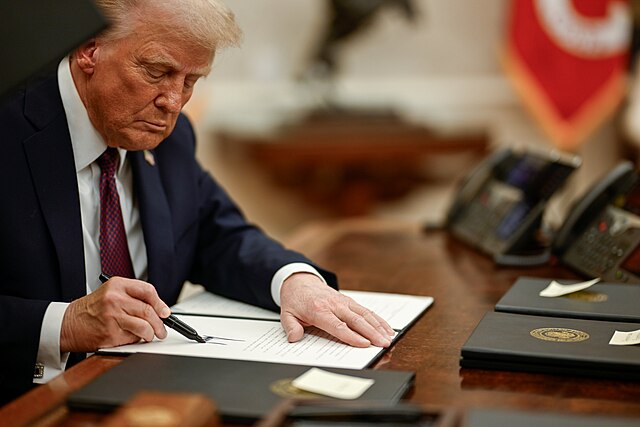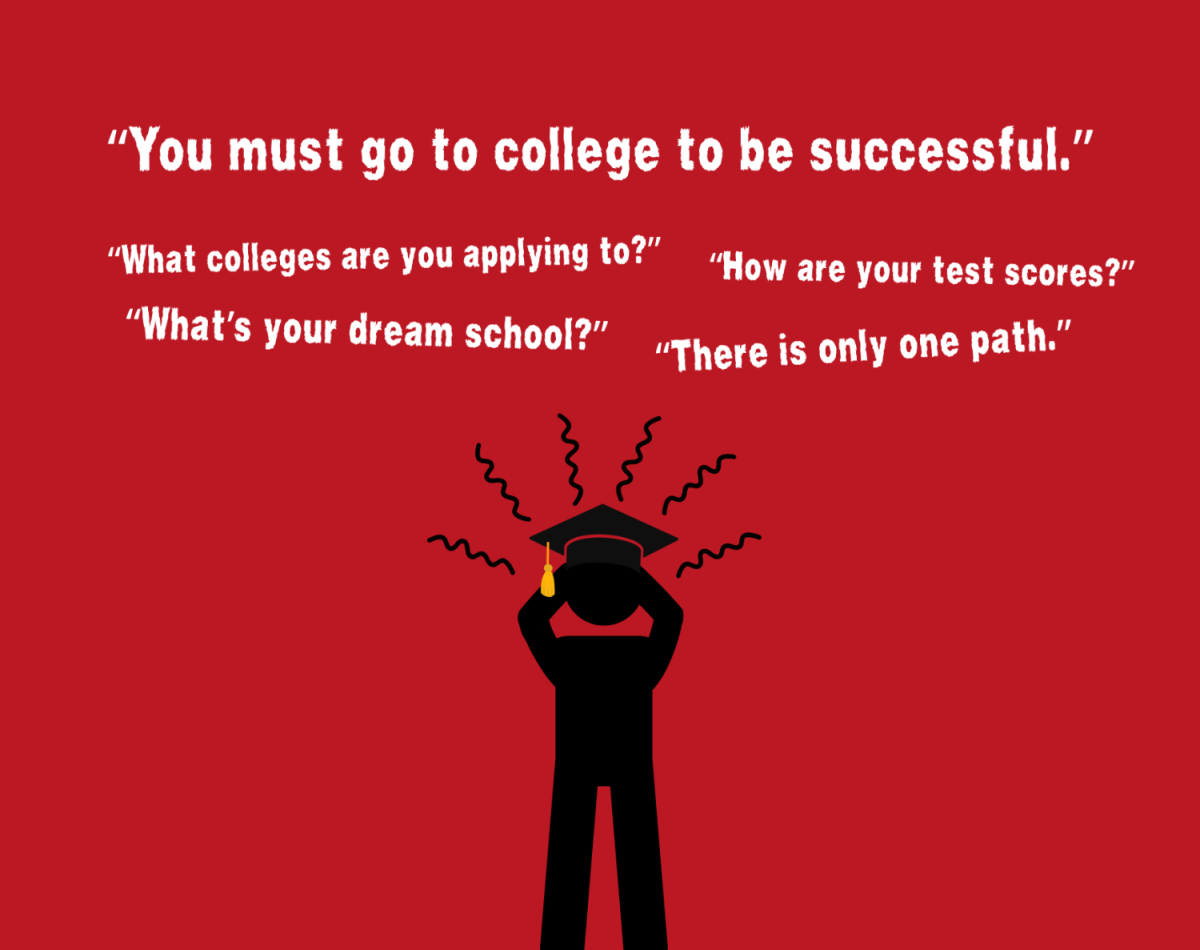As the presidential election nears, the hazard of political violence only worsens. With two recent attacks on former President Donald Trump, along with an abundance of threats against politicians in both parties, it is vital that the U.S. abandons violence and focuses on preserving democracy.
Political violence, according to the National Institute of Health, is defined as “both physical and psychological acts aimed at injuring or intimidating populations.” Political violence is often committed by extremists looking to promote their political agendas through immoral and unethical means. As political violence moves to the forefront of American politics, efforts need to be made to put democracy back in the spotlight.
Political violence is a danger to democracy. All people, including politicians, have a First Amendment right to freedom of speech and expression. However, by allowing political violence to occur, politicians face risks of harm simply for what they believe. This poses an attack on safe space for politicians to freely debate and disagree with each other, which is what democracy is based upon.
Political violence both destabilizes democracy and drives people to extremes, as seen by the January 6th Capitol attack and its aftermath. Extremists disrupted the certification of the 2020 election, directly threatening the peaceful transfer of power — a cornerstone of democracy. This act was fueled by misinformation about a stolen election, showing how false narratives can spark violence and undermine public trust.
The FBI reported over 9,600 threats against elected officials in 2023, reflecting the growing danger politicians face for expressing their views and doing their jobs. Not only does political violence cause an increased risk of physical harm to these politicians, it also slows the democratic process.
As polarization increases, so does instability. A 2022 NPR/Ipsos poll revealed that over 60% of Americans expect political violence to escalate, and 30% believe another civil war is possible. When violence is used to silence opposing views, it reinforces divisions and blocks meaningful dialogue, making compromise nearly impossible.
According to Pew Research, in 1994, a majority of Republicans had unfavorable impressions of the Democratic Party, but just 17% had very unfavorable opinions. Similarly, while most Democrats viewed the GOP unfavorably, just 16% had very unfavorable views. Since then, highly negative views have more than doubled: 53% of Republicans and 48% of Democrats now view the opposite party in strongly negative terms.
Political polarization isn’t just an abstract issue; it has tangible consequences. It rewards extreme views and policies, often marginalizing the voices of moderates who are more likely to represent the diverse perspectives of the American populace. As a result, the important problems we face as a nation remain unaddressed and unresolved, leading to a system where average citizens are cast aside and ignored.
The solution to this problem lies in recognizing the destructive nature of political polarization and working to bridge its divides. Our government should function as a system where different perspectives come together to find solutions. Instead, it has become a battleground where ideological party warfare takes precedence over the needs of the American people. The recent attacks on Former President Trump epitomize the danger of continuous polarization, and it’s time for both parties and America as a whole to refocus on building a cohesive democracy, where the system set in place can efficiently govern its people.



















